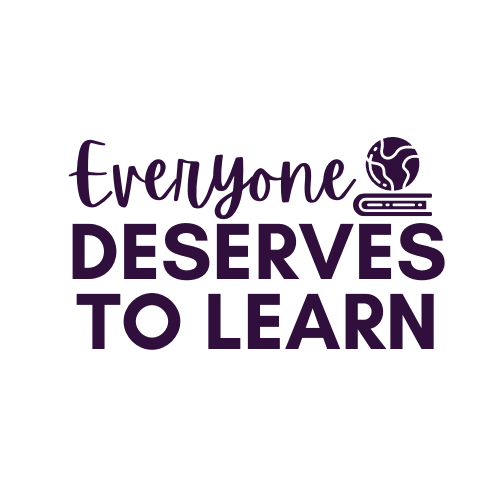5 Tips for Teaching ESL Newcomers
Teaching Newcomer English Language Learners is unlike teaching any other grade or subject. You may have students who are 13 and have never before set foot in a school, 6 year olds who are just developing their literacy skills, or 17 year olds who were near graduating in their home country. It doesn't matter the age, grade, or linguistic proficiency, the fact that you're welcoming a newcomer to your school brings its own set of challenges and potential. Below are some of my best tips for getting started with a Newcomer English Language Learner.
A seventh grader who has never been to school needs a completely different road map to success than a sophomore who is studying abroad for a year. Curriculum, assessments, and courses need to be designed with CURRENT students in mind, not students from 3 years ago.
Whether through an intake interview, a take-home questionnaire or any other measure, knowledge is key. Understanding and responding to a student's past and current circumstances will help you develop a positive working relationship with the child and the family.
Navigating the jungle of school regulations and policies is a daunting task, even for native speakers! Students and families need explicit information about where to be, when to be there, and how to present themselves in various situations. Provide expectations using a three-pronged approach: 90:10 ratio of visuals to words, in the native language (if possible), and in English.
I tell this story to new teachers all the time, and I hope it serves you as well. I had a 5th grade refugee student who was coming in exhausted every day. We talked and read about getting a good night's sleep as well as strategies for falling and staying asleep, but he kept coming in and promptly needing a nap. I had the parents come in for a conference with a translator. After much back and forth, the problem was revealed: the student was tasked with waking the father at 2 am for his work shift. We provided the family with an alarm clock (and training on how to use it), and the situation was solved.
I'll never forget the time a lockdown was called between periods. My 5th grade refugee student (the same from the alarm clock story) was caught off guard and panicked, and hid behind a water fountain instead of following protocol with his peers. When admin found him while conducting their safety check, they began to yell at him, which only increased his panic. He spent the rest of the day glued to my side, alternately crying and shaking. Beginning the next day, and for all newcomer students since then, a short fact sheet was delivered to all staff to make them aware of the student, the language, helpful phrases in the native language, and any essential information such as allergies, siblings in the building, etc.
From procedures to phrases to proper social skills, teaching Newcomer English Language Learners is a journey unlike teaching any other grade or subject. Good luck and remember, we all smile in the same language!









